Guest Post!
Bringing a new puppy home is an exciting time, but there are many things you need to think about before introducing a four-legged friend to your family and home. Dogs can live between 13-15 years, so you need to make sure it is the right decision for you.
Bringing a new puppy home for your child is often not a good idea, as they might quickly lose interest in the pet and you will be left taking care of it.
Before you start choosing puppy names and picking out the perfect dog collar, take a moment to consider these essentials tips. While some might seem obvious, some are often overlooked and catch new puppy owners off-guard very quickly.
Tips To Consider Before Bringing A New Puppy Home
1. Puppies take up a lot of time
Before committing to taking care of a puppy full-time, you need to make sure you have the time to take care of it. Leaving a dog alone for extended periods of time is unfair, so someone will need to be home to play with the pup. You will also have to commit time to train, groom, and walk your puppy.
2. Puppies can be very expensive
When people buy the first puppy, they usually only think about the immediate costs such as food, a collar, and a few toys. There are many other hidden costs that people fail to budget for. Puppy-proofing your home and garden can be very costly, as can grooming appointments and vet visits.
Buying pet insurance will help you to cope with any vet fees if your pet should get sick, and some plans even include a vaccination plan.
3. Puppy-proofing your home is essential
There are many things around your home that can be hazardous to a puppy. Dogs can’t eat chocolate, onions, garlic, grapes, avocado, raisins, and many more things. Puppies can also be attracted to things such as washing liquids, dryer sheets, antifreeze, and cleaning products.
When puppy-proofing your home, make sure that you keep these items out of their reach. In the garden, you will have to cover any holes in fences and be careful when using fertilizers and pesticides as these can be toxic to dogs.
4. There are hypoallergenic breeds
Some people think they can’t have a pet because they have allergies, or are worried about developing allergies. If anyone in your family has allergies or if you have children, you might want to look for a hypoallergenic breed that doesn’t shed. Poodles, Maltese and Portuguese Waterdogs are all hypoallergenic breeds that don’t shed, but they will need to be groomed.
5. Training should start from day one
It is essential that you start training your puppy from a very young age as this will make them easier to handle as they get older. Making sure your pet knows to come back when walking off the leash is essential, as an overexcited dog might run away and get lost.
Another thing that you have to start training your puppy from day one is crate training. It is essential that you purchase the right dog crate for your puppy in which your puppy feels completely comfortable.
6. Sturdy leash and collar
You must choose the appropriate size of leash and collar as per the age and breed of your pup. An adjustable dog collar is best at this stage since your pup will grow out quickly.
Remember to examine the condition and fit of the collar. You must slip two fingers underneath the collar, but it must also not be much loose that it slips over the puppy’s head.
7. ID Tags
An easy–to–read ID tag is best to identify. It must have your puppy’s name, your contact information, and your family name. Do not be fooled into thinking that your dog doesn’t require identification because he’s an ‘indoor dog’. If your dog gets lost accidentally, ID Tags will help to find them.
8. Water and Food Bowls
Non-slip bowls minimize spills, and veterinarians recommend an elevated dog bowl to give your puppy more comfort when eating.
Ceramic or stoneware and stainless steel dog bowls are good choices because these dog bowls are easy to clean, easy to sanitize, and dishwasher safe.
9. Chew toys and play toys
Puppies are curious and intelligent. Even though they sleep a lot when they are aware they go on investigation and exploration. If you want to keep your pup mentally stimulated, provide him with a variety of dog toys that incorporate all kinds of shapes, sounds, and textures.
10. Toy Box
You must maintain order and reduce dog-toy clutter with a shallow and large dog toy storage bin. Your puppy must have easy access to toys and the bin in an obvious location, especially where people hang out with the puppy.
When buying a puppy, you should always make sure you transfer the microchip dog registration to yourself so you can be quickly reunited if your puppy goes missing.
|
Guest Author Bio:
Veronica Pembleton is a freelance writer and research journalist, who specializes in a number of core areas, including animal protection, rights, and law. With a love for animals, Veronica used her Journalism degree to gain access to a number of related cases and contacts, where she was able to build her portfolio of feature articles. She can be reached at [email protected].
|
 DogExpress
DogExpress

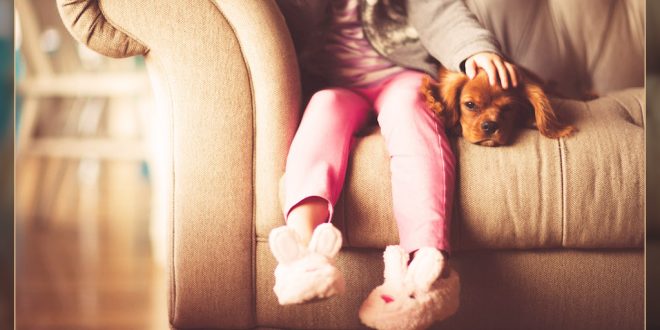
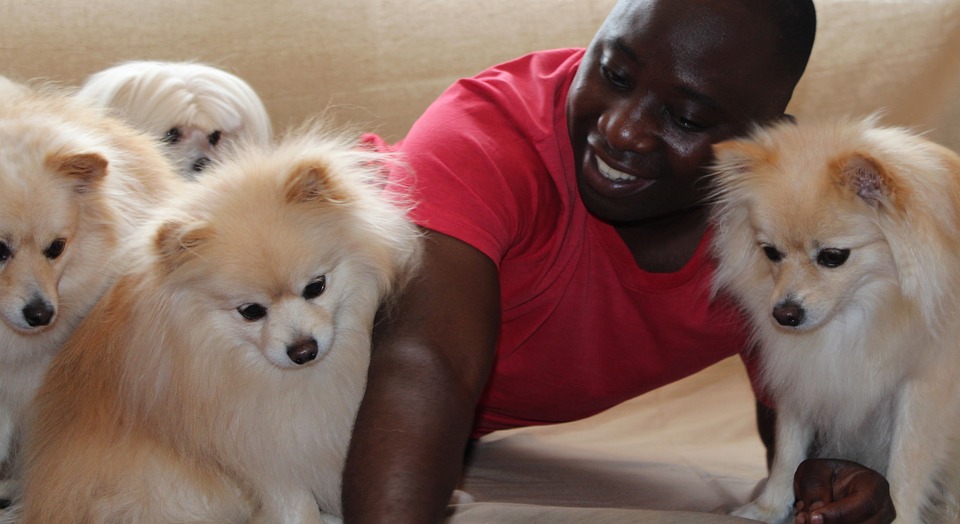
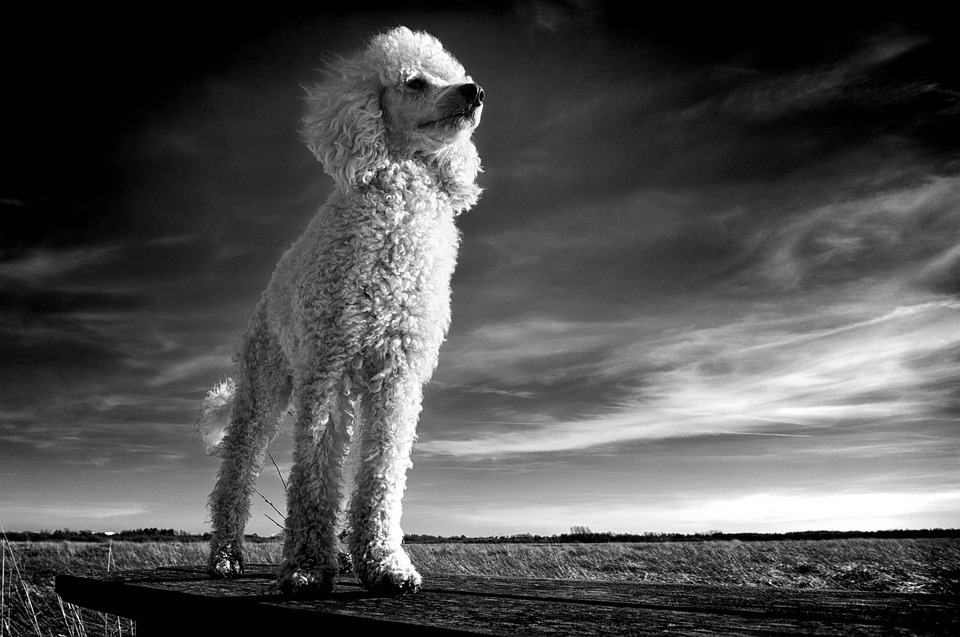

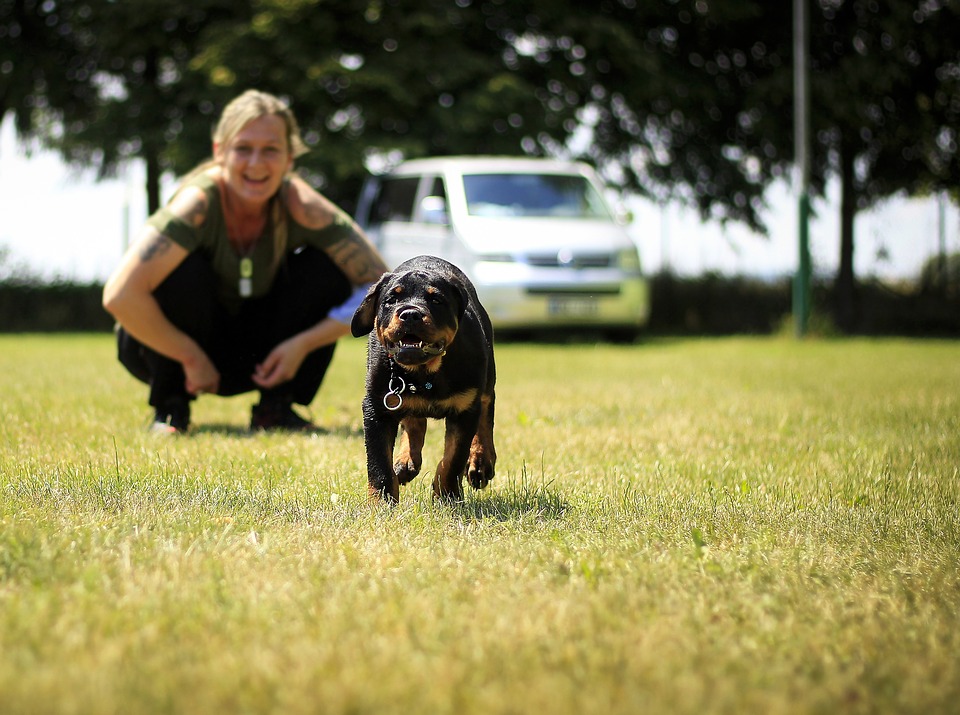


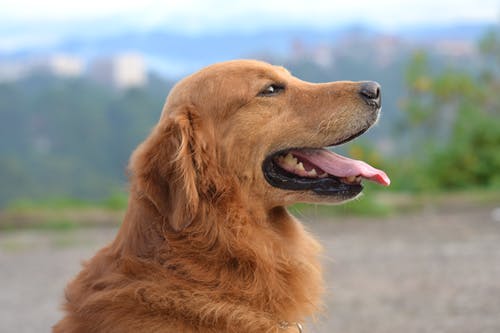


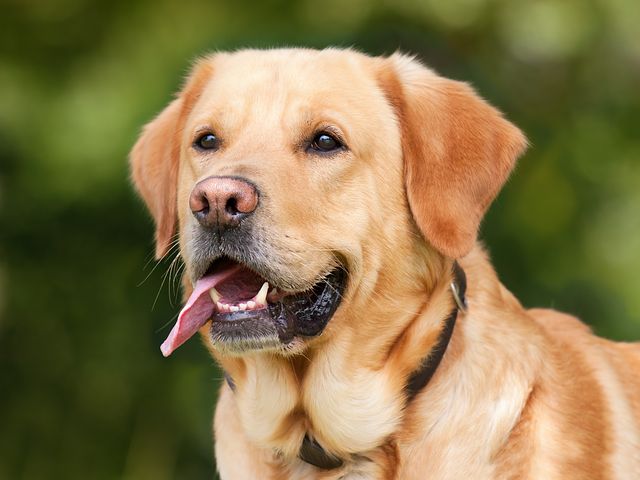

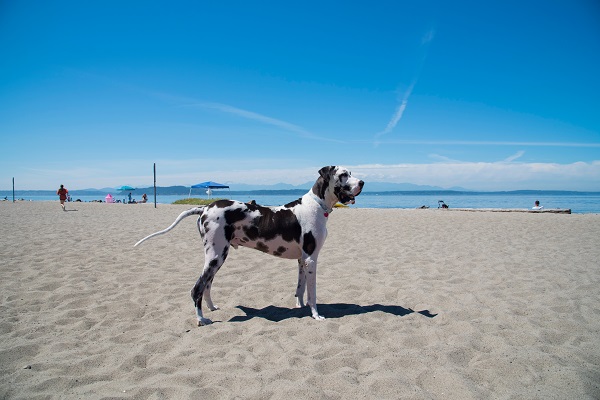
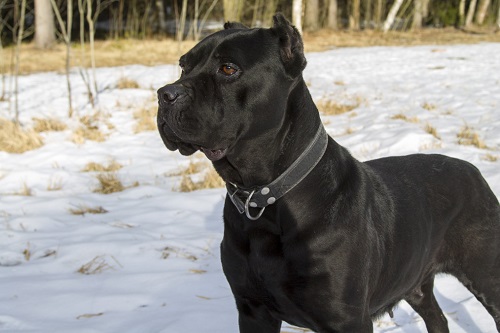













 in Chandigarh, India.
in Chandigarh, India. 

